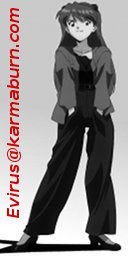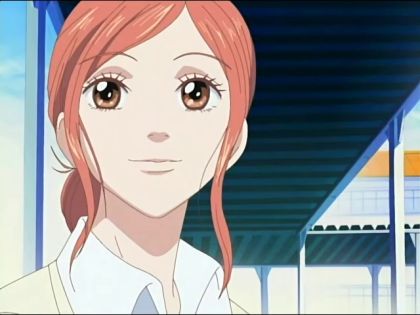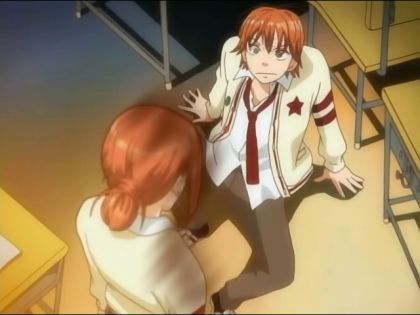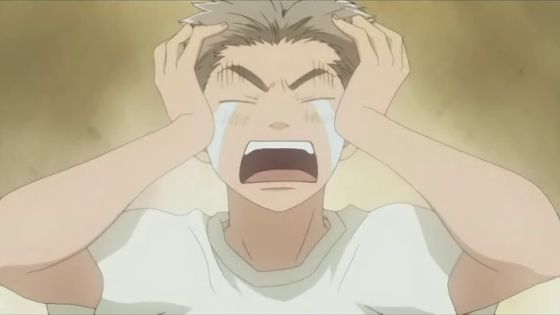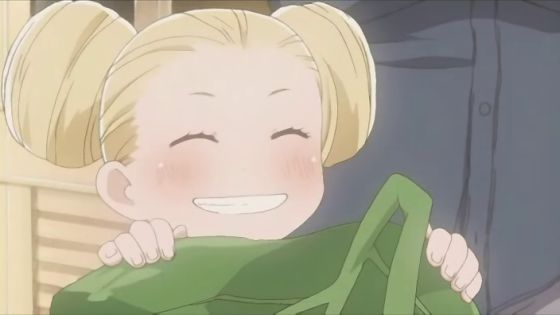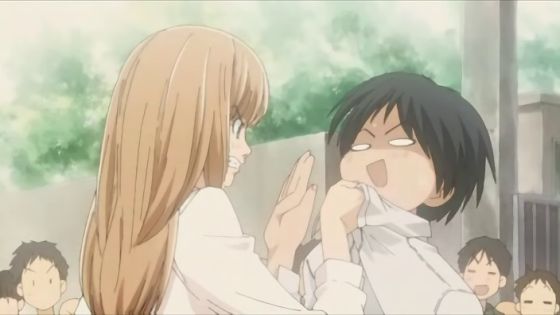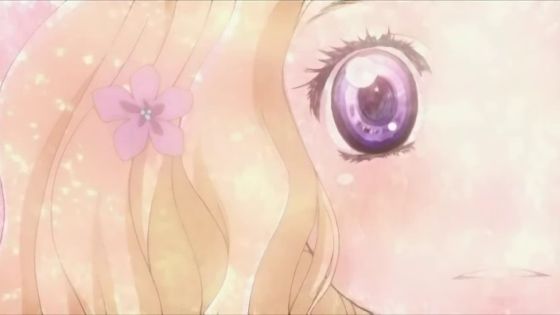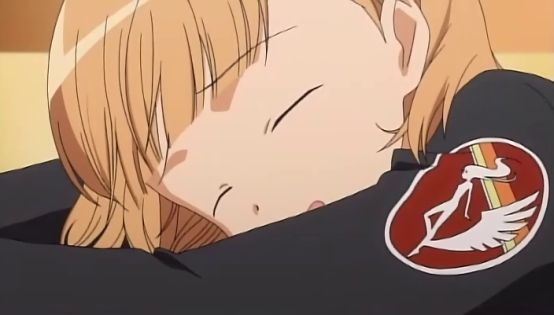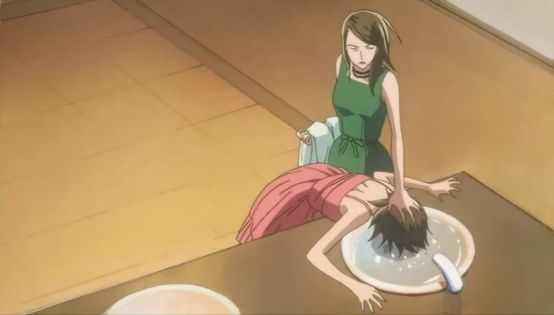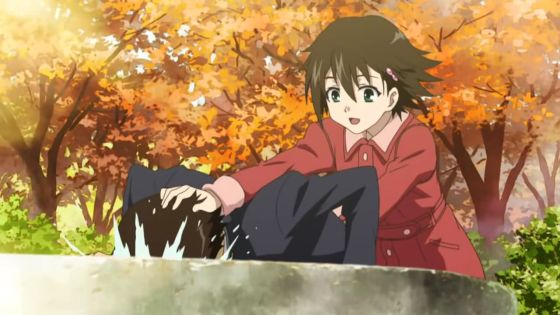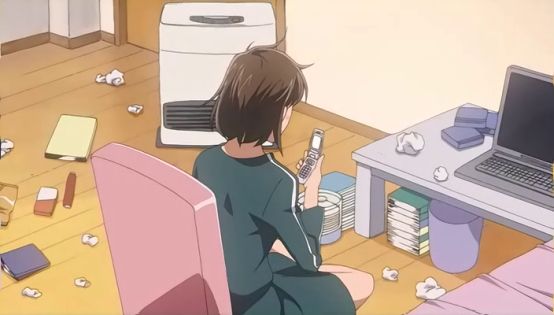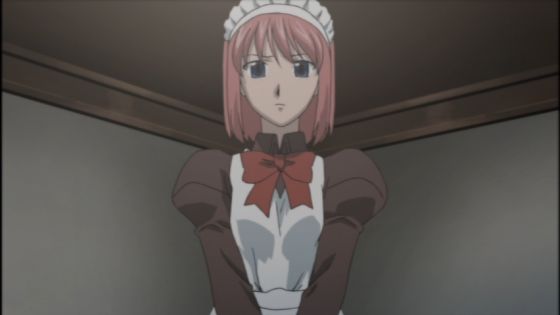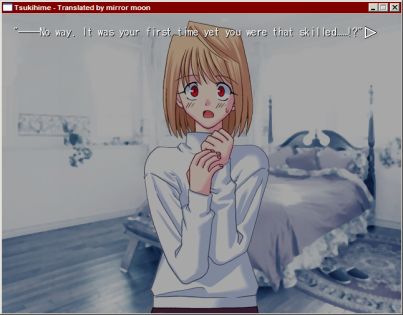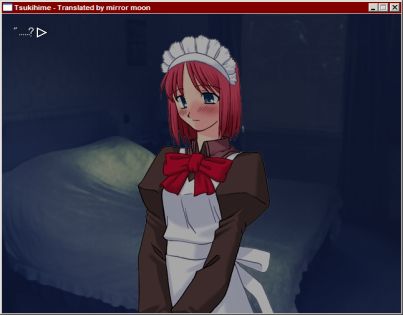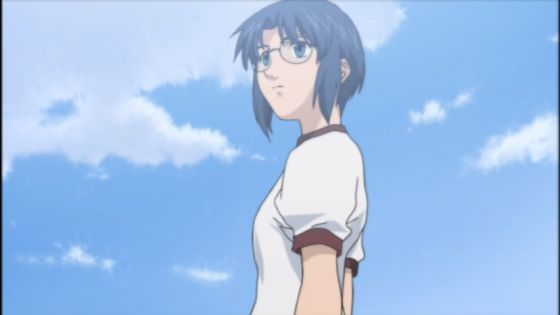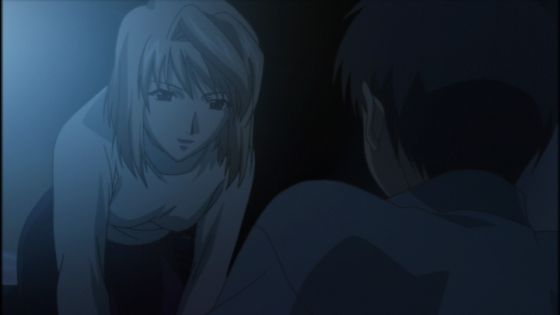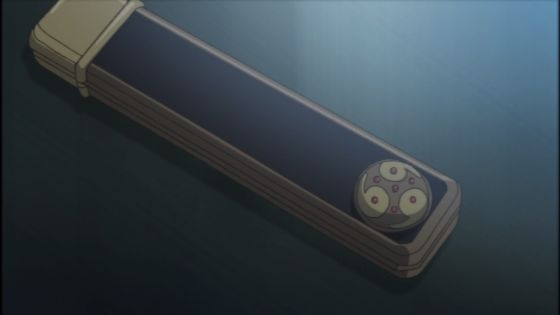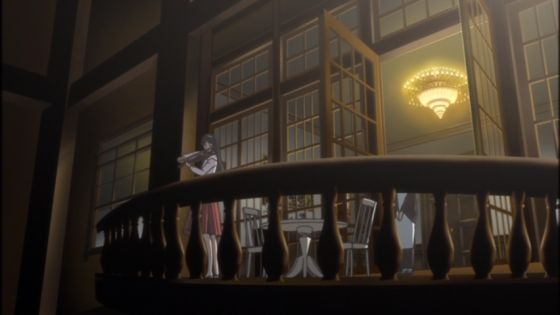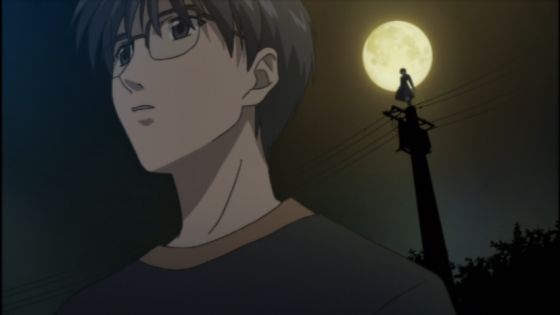Dated 13 October 2007: In praise of the Girl Next Door
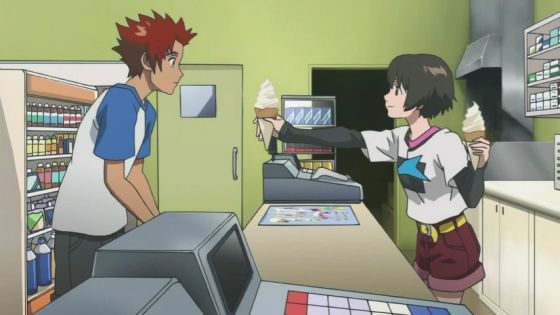
Kaminagi is a Girl Next Door because her apartment
building is only an apple's throw away, okay?
Among the many moe stereotypes, you'll frequently find the Childhood Friend. She is a staple of harem comedies and pretty much anything related to dating sims or eroge. One study suggests that the Childhood Friend does quite well for herself, even if she does not necessarily have the inside track.
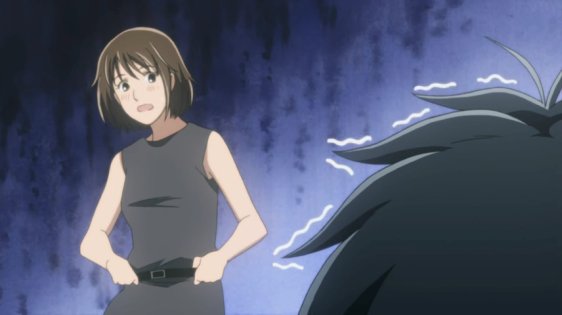
Sometimes you're taking your chances with the Girl Next Door.
In addition to the Childhood Friend, you'll also find the Clumsy Girl, the Class Rep, the Athletic Girl, and the Shrine Maiden, among others. Curiously, you won't find the Girl Next Door quite as often.

Calling Naru a Girl Next Door might be a stretch,
but the floor/ceiling hole convinces me.
Perhaps the Girl Next Door is a convention foreign to Japan, at least compared to her stature in American culture. You'll remember that Hugh Hefner built his empire on her charms. He explicitly states that his Playboy centerfolds represent the Girl Next Door. (I would argue that the typical centerfold has looked less and less like "the girl next door" over the years, but you get the idea.)
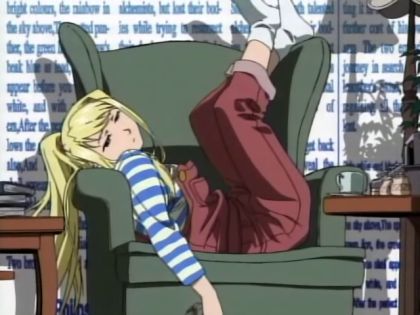
A Childhood Friend, Winry is also a Girl Next Door,
even if her house is kinda far. They live in sugei inaka.
But where ranks the Girl Next Door among anime cliches? When she does appear, she's sometimes also the Childhood Friend or some other more common cliche. It's like she's just the Girl Next Door by happenstance.
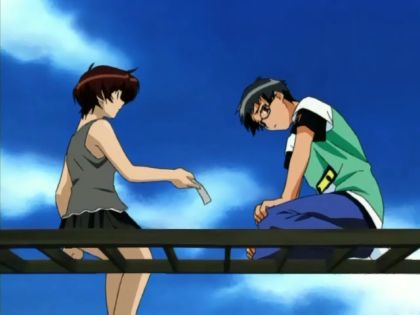
Kasumi might be the best Girl Next Door in all anime.
So, while I can't claim the Girl Next Door is rare, she is uncommon where anime is concerned—uncommon and under-appreciated. All glory to the Girl Next Door. When you're with her, it feels like home.


